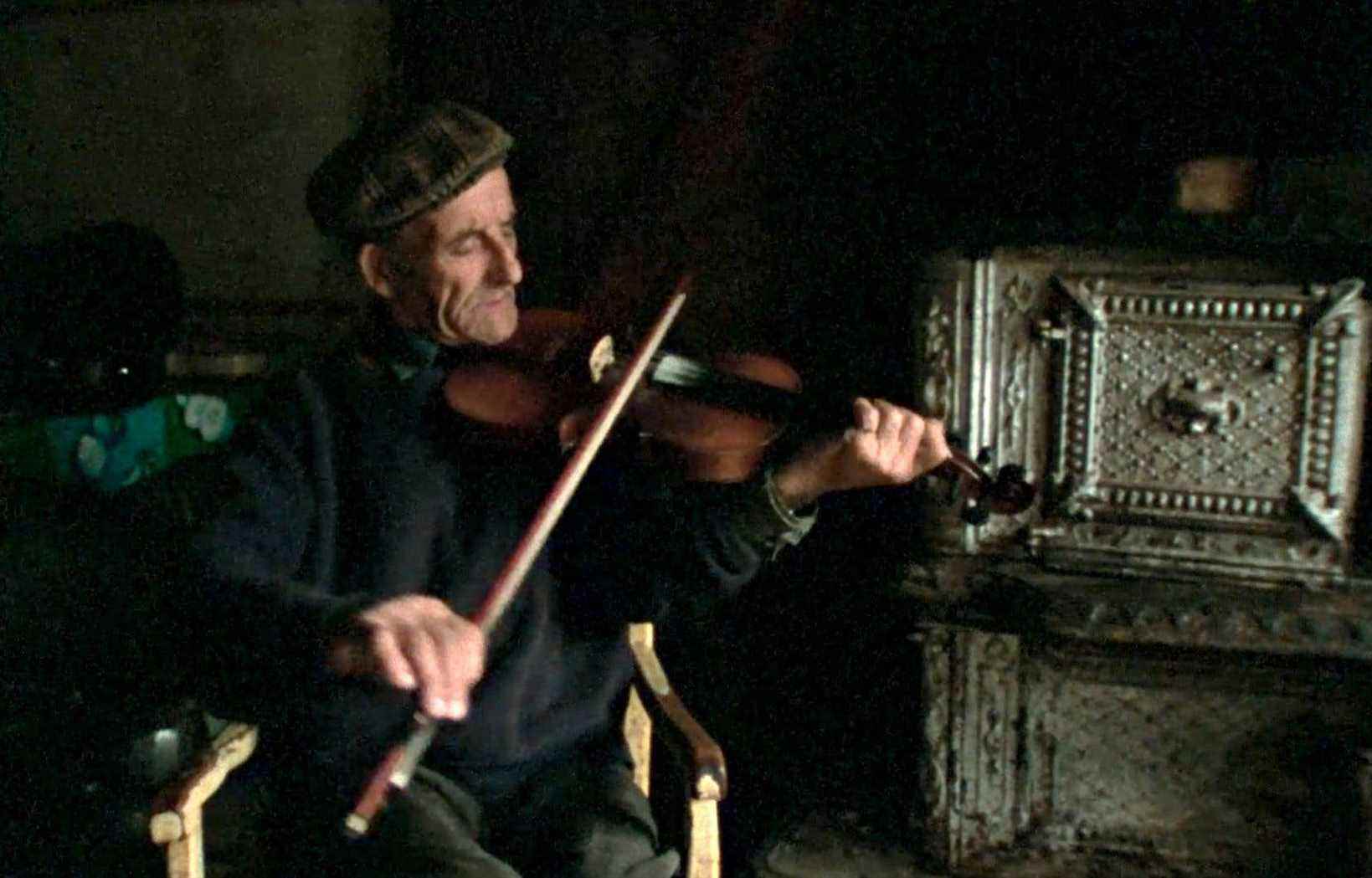It is the work of a lifetime, that of documentary filmmaker André Gladu, brought up to date by Éléphant in collaboration with the Cinémathèque québécoise. Which will present from March 3 on the big screen 18 of the 27 episodes of the documentary series entitled The sound of the French of America, which can be heard as the soundtrack of the emancipation of the French-speaking communities of our continent. The immense work, produced with Michel Brault, who also holds the camera there, is less a return to our past “than the musical heritage offered by people who give us benchmarks” to understand who we are, believes André Gladu. Have
The genesis of the series The sound of the French of America lies in Gladu’s passion for music and the shock suffered by him and the other members of his generation during the events of October 1970. “I experienced them like many others who were humiliated by war measures, asking myself: How do we protect ourselves against these abuses of power? By cultivating our democratic culture. Which led me to reflect on what democratic culture is,” recounts the documentary filmmaker in an interview with The duty.
“This culture, it goes through our historical experience, and music helps to understand it, he continues. Music is a roundabout way that people around the world have to tell their story. »
“Too stuffy”
André Gladu begins his work with Hangman’s Reel (1972), produced by the National Film Board. The spark plug for the series to come, this first film, shot in Quebec, Louisiana and Acadia, offers a more authentic vision of our musical tradition than that promoted by animator Louis Bilodeau in the famous Canadian eveningwhich held the antenna at Télé-Métropole from 1960 to 1983.
“When I watched these programs, I found it pitiful to see the mayor of the village as a guest, with these people who sang wonderfully well, it was all too stuffy. It was like the good word that the priest approved of, while the clergy viewed dance evenings with a dim view, while the repertoire of traditional songs was much richer than that — there are bawdy, erotic songs, policies and drinking songs that the clergy did not approve of. The Canadian night had nothing to do with the raw and true expression of the population, the one found with musicians like “Pitou” and “Ti-Jean” Carignan, the expression of a people who have things to say , especially through music. »
Hangman’s reel precisely reveals a certain Louis “Pitou” Boudreault, who will then be consecrated as one of the greatest fiddlers in our history and whom the filmmaker Bernard Gosselin will immortalize in his film The Vigil of Vigils (1976, NFB) — the musician is the subject of an entire episode of the series. “With my film, I recognized the potential of going everywhere in America to see how Francophones behave,” explains André Gladu. The series would have two objectives: to take stock of Francophones, where they are and in what conditions they live, and to update their musical traditions. »
Poetic strength
André Gladu submits the idea for his series to the Société Radio-Canada, which accepts it on the condition that he hire an experienced filmmaker, just to ensure the quality of the final production. He immediately thinks of Michel Brault, who was then working on his masterpiece Orders, a story precisely set during the application of the War Measures Act. “We knew then that he was the best with the live camera,” says Gladu. I didn’t know him, but it clicked right away. Michel said to me: “I’m not just suggesting that you be a cameraman, but to do this with you. You take care of the content and the research, and I take care of the cinematographic aspect.” »
More than forty years later, The sound of the French of America has lost none of its force or relevance. Brault’s delicate and curious camera lends poetic force to the comments of the speakers who exchange with Gladu, while the fine editing and narration of singer and actor Claude Gauthier give presence to the films. The images (and sound) are beautifully restored from the 16mm reels held at the Cinémathèque — a revalorization project launched in 2017, when the series was inscribed on UNESCO’s Memory of the World International Register.
It took 40 years for it to be presented to the public again, but the circumstances couldn’t be more just: in this era where TV series are devoured on streaming platforms, we are stuffing ourselves with these 27 great episodes of about thirty minutes conceived between 1976 and 1980, a feast of archives that present the work of great musicians who, in addition to Louis “Pitou” Boudreau, include accordionist Philippe Bruneau, the famous Acadian composer and violinist Johnny Comeau and Zachary Richard. This by taking a militant look at the history of French-speaking communities on the North American continent. To this gaze is added a discourse that is still topical: in the episode entitled ” It’s always to start again” (filmed in 1980), activist Michelle Trottier, co-founder of the Franco-Femmes de Hearst group, explains the challenge of French-language schools in northern Ontario with such lucidity that you would think you had gathered his testimony yesterday…
For André Gladu, traditional music is inseparable from the history and culture of those who make it and transmit it from one generation to the next. “In the history of humanity, music is not just notes and staves and chords, it is also people, social contexts and cultures. Music follows people’s experience, and I can’t separate that. And in these 27 films, indeed, we always seek the balance between a musical testimony and an editorial and social commentary on the state of the French-speaking communities, where they are and the conditions in which they were able to preserve a certain tradition. »
